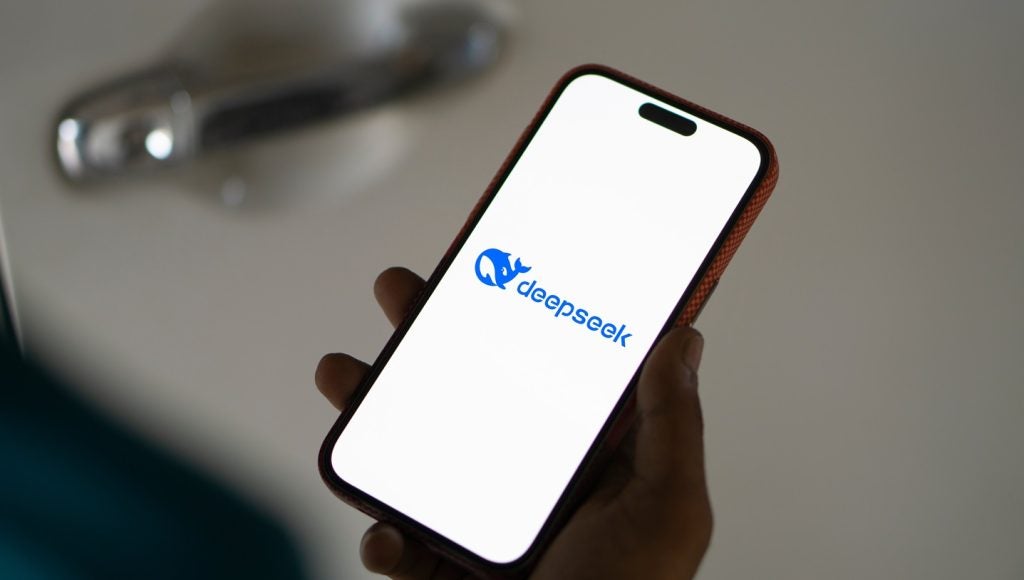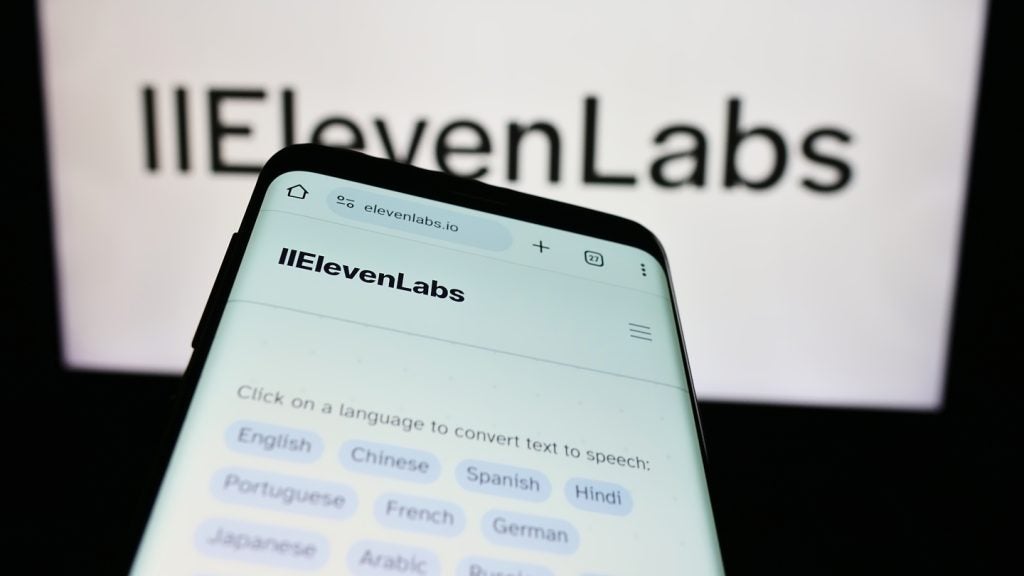
The packaging industry is witnessing a dramatic transformation as smart packaging technologies and the Internet of Things (IoT) revolutionise the way products are packaged, shipped, and managed.
The combination of these technologies is creating packaging that is not only more functional but also more interactive and informative, benefiting both consumers and manufacturers.
This evolution offers exciting possibilities, from improved supply chain efficiency to enhanced consumer experiences.
The emergence of smart packaging
Smart packaging has rapidly become a buzzword in the packaging world, but what does it actually entail? At its core, smart packaging refers to the integration of advanced technologies into traditional packaging, allowing it to perform functions beyond merely containing and protecting products.
There are two primary categories of smart packaging: active packaging and intelligent packaging.
Active packaging interacts with the product or environment to extend shelf life, improve quality, or maintain freshness. For example, moisture absorbers, oxygen scavengers, and temperature regulation systems fall under this category.
How well do you really know your competitors?
Access the most comprehensive Company Profiles on the market, powered by GlobalData. Save hours of research. Gain competitive edge.

Thank you!
Your download email will arrive shortly
Not ready to buy yet? Download a free sample
We are confident about the unique quality of our Company Profiles. However, we want you to make the most beneficial decision for your business, so we offer a free sample that you can download by submitting the below form
By GlobalDataOn the other hand, intelligent packaging uses sensors, indicators, or QR codes to communicate information about the product’s condition, such as its freshness, temperature, or authenticity.
The rise of the IoT has taken smart packaging to the next level. By incorporating IoT sensors and connectivity, packaging can now collect, transmit, and analyse data in real time, offering unprecedented insights into the supply chain and consumer interactions.
Enhancing the supply chain with IoT integration
One of the most significant advantages of smart packaging and IoT integration is the ability to enhance supply chain efficiency. By using IoT-enabled sensors and devices, companies can monitor the condition of their products throughout the supply chain journey, ensuring that quality is maintained from production to delivery.
For instance, temperature-sensitive products such as pharmaceuticals or perishable foods can be monitored in real time to ensure they remain within the required temperature range.
If the temperature deviates from the acceptable range, alerts can be sent immediately, allowing for corrective action to be taken before the product reaches the end consumer.
This level of transparency and control minimises waste, reduces spoilage, and ensures that products are delivered in optimal condition.
Moreover, smart packaging can help track products’ location and status, offering better inventory management and reducing the risk of theft or loss.
With real-time data, companies can gain insights into where their products are at any given moment, which is especially useful for high-value items or goods that require a high level of security.
This information can be invaluable for improving logistics planning, optimising routes, and reducing transportation costs.
Improving consumer experience and engagement
The IoT revolution in packaging is not just about improving supply chain efficiency; it also offers a more engaging and interactive experience for consumers.
Smart packaging allows brands to establish a direct line of communication with their customers, providing them with additional information, product usage tips, or even personalised offers.
QR codes, NFC (Near Field Communication), and RFID (Radio Frequency Identification) tags are increasingly being embedded in packaging, enabling consumers to access digital content through their smartphones.
By scanning a QR code, for example, customers can learn more about a product’s origin, ingredients, or nutritional information, fostering greater transparency and trust between the brand and the consumer.
This enhanced level of engagement is particularly valuable for brands looking to differentiate themselves in a crowded marketplace.
By leveraging smart packaging, companies can offer loyalty programmes, product tutorials, or interactive games that encourage repeat purchases and build brand loyalty.
As consumers become more accustomed to digital experiences, this added layer of engagement can make a significant impact on purchasing decisions and brand perception.
Sustainability and the role of smart packaging
Sustainability is a major concern in the packaging industry, with growing pressure to reduce waste and minimise environmental impact. Smart packaging and IoT technologies can play a crucial role in promoting sustainability by improving resource efficiency and reducing the overall carbon footprint.
For instance, IoT-enabled smart packaging can help optimise the use of materials, ensuring that products are packaged in the most efficient way possible.
By tracking and monitoring the condition of products throughout the supply chain, companies can identify areas of waste, such as excessive packaging or overuse of materials, and implement measures to reduce them. This not only saves costs but also contributes to a more sustainable packaging process.
Furthermore, smart packaging can support recycling initiatives by providing consumers with information about how to properly dispose of packaging materials.
QR codes and RFID tags can be used to guide customers on recycling instructions, making it easier to sort and recycle packaging components.
As a result, smart packaging can help drive the adoption of circular economy principles, where materials are reused, recycled, and repurposed to minimise waste.
The future of smart packaging and IoT
The combination of smart packaging and IoT is still in its early stages, but its potential is enormous. As technology continues to evolve, we can expect even more innovative applications that will further transform the packaging landscape.
One emerging trend is the integration of blockchain technology with smart packaging, providing an immutable and transparent record of a product’s journey from manufacturer to consumer.
This could be particularly beneficial for industries such as pharmaceuticals or luxury goods, where authenticity and traceability are paramount.
Moreover, advancements in AI (Artificial Intelligence) and machine learning are likely to enhance the capabilities of smart packaging, enabling it to predict and respond to changes in the environment or consumer behaviour.
For example, AI-powered sensors could automatically adjust packaging conditions to maintain product quality, while machine learning algorithms could analyse consumer interactions to offer personalised recommendations or promotions.






